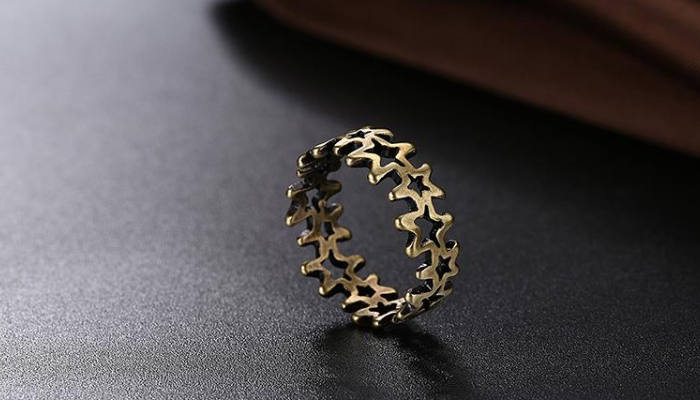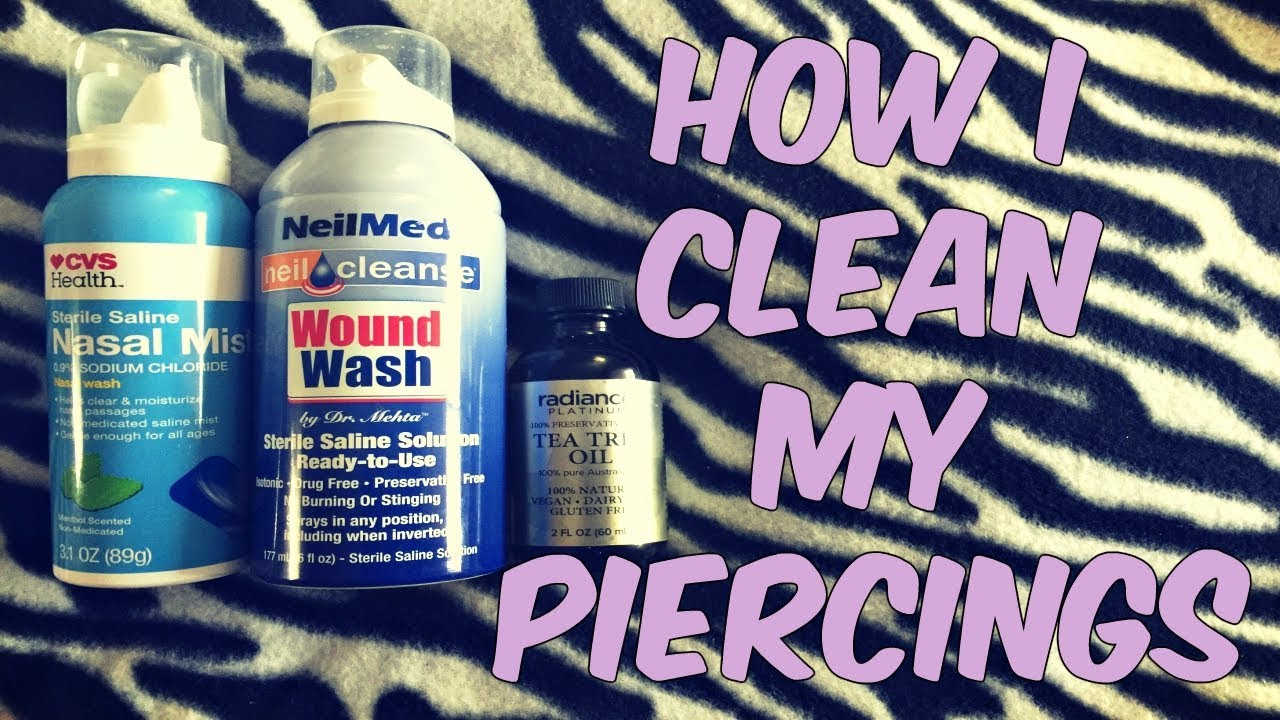Zinc alloy jewelry may turn your skin green. It depends on the alloy content. And although the zinc alloys that contain lead and nickel are non-hypoallergenic, such won’t cause the skin to turn. If you buy the one that’s an alloy of copper, you surely must create the green color.
About Jewelry
Jewelry has been a cherished form of adornment and personal expression for thousands of years. From ancient civilizations to modern societies, jewelry holds cultural, historical, and emotional significance, making it much more than just decorative accessories. Here, we delve into the fascinating world of jewelry, exploring its history, materials, styles, and significance in today’s world.
- How to Choose the Correct Jewelry Factory OEM & ODM
- About the production process of Churinga jewelry customization factory
- How to customize jewelry at Churinga Jewelry Factory?
- How ensure the security of customer-customized jewelry?
- Stainless Steel Jewelry Manufacturer,Stainless Steel Jewelry Factory
- Jewelry Mass Production Companies in Churinga Jewelry Factory
- 18K Gold-Plated Jewelry:
- About Silver Jewelry Casting
- Is the Quality of Stainless Steel Jewelry Good?
- The difference between pure silver jewelry and stainless steel jewelry
- Wholesale Jewelry,Churinga Jewelry Factory Wholesale of stainless steel pendants
- Wholesale 316L Stainless Steel Jewelry
- About Emerald Jewelry
Zinc alloy jewelry turn green
Does zinc alloy jewelry tarnish?
Zinc alloy jewelry is made from different types of metals. The two most commonly made zinc alloy jewelry are brass and nickel silver. Brass is from copper and zinc, while nickel silver is from nickel, copper, and zinc. The metals which make up your zinc alloy jewelry will tarnish on their own, so it is undeniable that your jewelry will eventually tarnish.
Zinc is a heavy metal, and when other metals form an alloy with it, the resulting alloy’s corrosion resistance increases. Zinc alloy jewelry tarnishes but not too quickly.
Zinc alloy jewelry tarnishes when it gets scratched or dented. The scratches or dents will allow moisture in and react with the metals causing discoloration or tarnishing. Dirt or cleaning products that may enter through the scratches can tarnish your zinc allow jewelry.
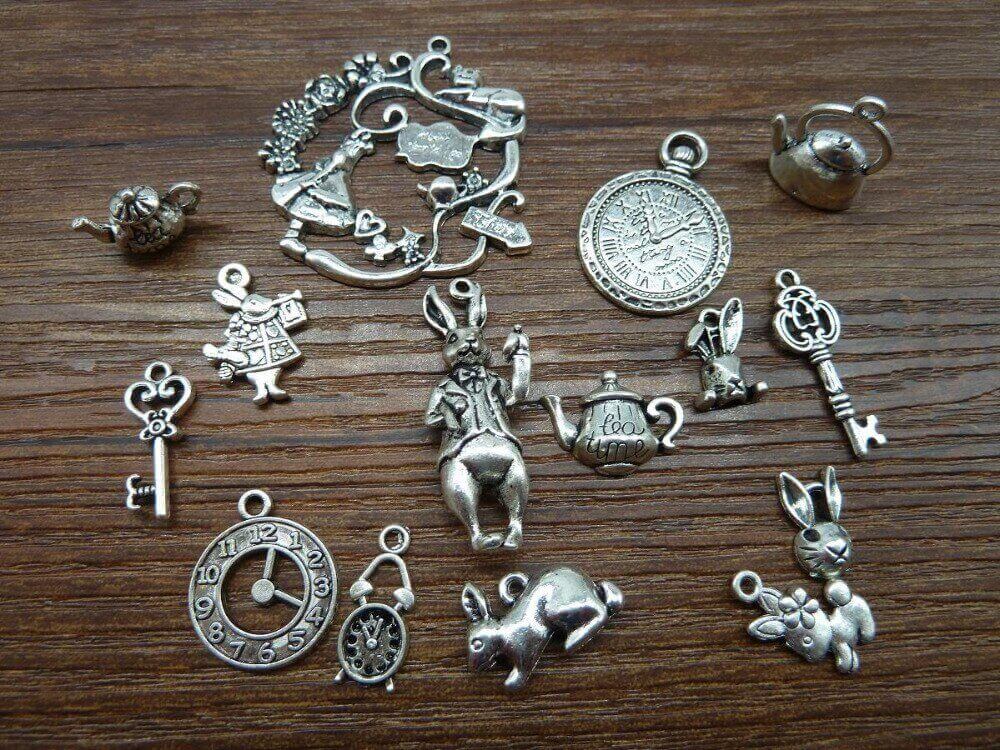
Exposure to specific environmental conditions like extreme temperatures or extreme humidity is also known to hasten the tarnishing of zinc alloy jewelry.
Does zinc alloy jewelry rust?
Zinc alloy jewelry rusts but at a meager rate. Zinc is actually used as a coating for jewelry because of its very slow rate of corrosion. Zinc corrodes at a rate of 1/30 to that of steel. The rate of rusting of your zinc alloy jewelry will depend on its environment. Frequent exposure to air and water can escalate the formation of rust on your zinc alloy jewelry.
Does Zinc Alloy Jewelry Turn Your Skin Green?
Zinc alloy jewelry can turn your skin green. Jewelry, in general, is made up of metal alloys. Some of your jewelry’s metal components can cause green discoloration on your skin when you wear them. The metals which can cause the skin to turn green are copper, nickel, and silver. Two types of zinc alloy jewelry are brass and nickel silver. Brass is usually made of copper and zinc, while nickel silver is a combination of copper, zinc, and nickel.
| Standard alloy composition | Aluminum | Magnesium |
|---|---|---|
| Zamak 3 | 3.8 ~ 4.3 | 0.035 ~ 0.06 |
| Zamak 5 | 3.8 ~ 4.3 | 0.035 ~ 0.06 |
| ZA8 | 8.2 ~ 8.8 | 0.02 ~ 0.035 |
| Superloy | 6.6 ~ 7.2 | <0.005 |
The green discoloration when wearing zinc alloy jewelry is caused by the metals’ reaction when they come in contact with your skin. When you perspire, acid salts in your sweat react with the metal components of your jewelry such as copper, in a process called oxidation, causing the skin in contact to turn green. The green discoloration may also be caused by the reaction of different lotions or perfumes that you apply on your skin to some metals of your zinc alloy jewelry. This reaction usually occurs when your environment is moist or humid.
While the zinc component in your zinc alloy jewelry protects it from corrosion, scratches on your jewelry through frequent use may expose the alloy’s more corrosive metals to air or moisture. The reaction of these metals to humidity may cause corrosion and tarnishing, creating a green discoloration of the skin in contact.
What Metals Tarnish?
Fashion jewelry is great for many reasons. It is affordable and allows you to try out a bunch of different styles. It lets you switch up your outfit and look without redoing your entire wardrobe. We think every outfit looks infinitely and instantly more polished with jewelry.
On the other hand, it can also be very frustrating when you purchase fashion jewelry that very quickly tarnishes, rusts, chips, or fades. Companies obviously do not advertise that their jewelry is likely to tarnish within a few wears, so it can be difficult to make informed purchases.
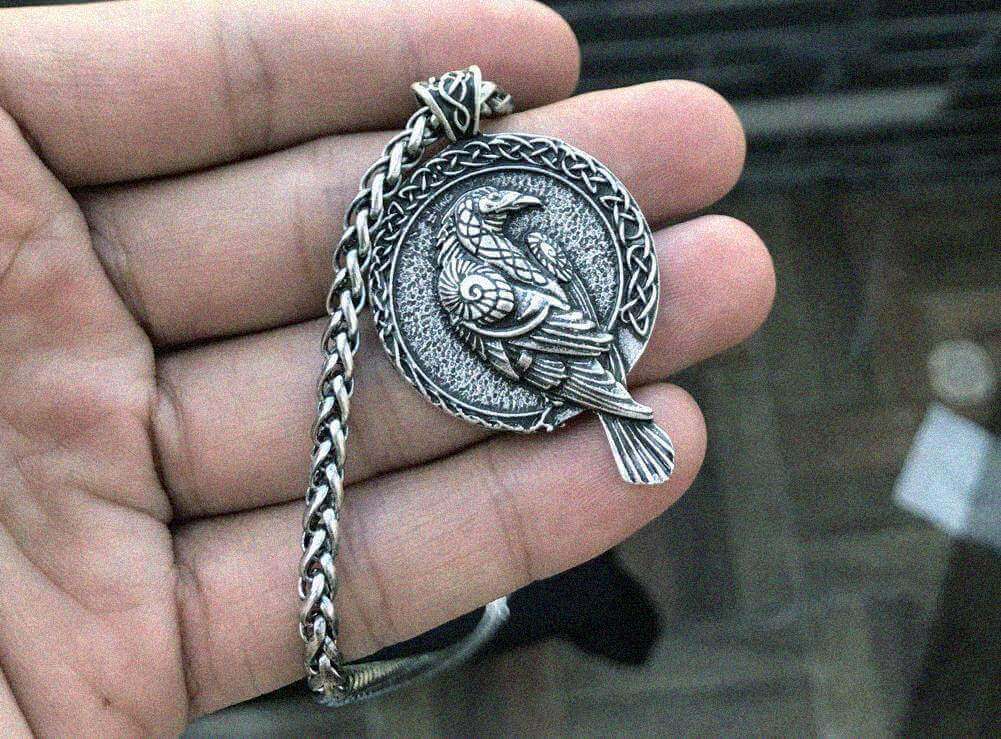
Here is a breakdown of commonly used jewelry metals and whether or not they will tarnish or turn your skin green:
- Brass (An alloy of copper and zinc): Will tarnish. Copper very commonly oxidizes with skin and will cause the jewelry to tarnish and your skin to turn green
- Gold Plating/Gold Filled/Gold Vermeil over Base Metal: May tarnish. This depends on the base metal. When the plating wears away, the base metal (which is typically brass, pewter, or nickel) will be exposed and the jewelry will most likely tarnish
- Sterling Silver: Will tarnish. Sterling silver is an alloy that is typically 92.5% silver and 7.5% other metals. The other metals, usually copper, will oxidize with the skin or the air cause the sterling silver to tarnish or your skin to turn green.
- Aluminum: Does not tarnish. Pure aluminum develops a clear protective layer when exposed to oxygen so it will not tarnish. Aluminum alloys may tarnish.
- Stainless Steel: Does not tarnish. The chromium in stainless steel forms an invisible protective layer that prevents stainless steel from rusting, tarnishing, or changing colors.
- Titanium: Does not tarnish. Because titanium is an inert/non-reactive metal, it does not react with water or oxygen and therefore will not tarnish, rust, or corrode.
- Niobium: Does not tarnish. Like titanium, niobium is an inert/non-reactive metal, it does not react with water or oxygen and therefore will not tarnish, rust, or corrode.
Why jewelry metals turn your skin green?
1. Metal abrasion
A common practice for many people is to apply various lotions and perfumes on their skin before wearing their jewelry. Some metals used in making jewelry react with the chemicals available in these products, forming the green film at the point of contact with your skin.
Often, the reaction occurs in moist or humid conditions.
2. Your body’s acidity level
Another common reason why jewelry metals turn your skin green is because of the pH level of your body. The higher the level of acidity on your body, the faster the piece of jewelry turns your skin green. Depending on the type of metal content in your jewelry, it reacts with the acid salts, causing it to oxidize and create a green color on your skin.
Similarly, when you perspire, and you are wearing jewelry with copper, your skin will likely turn green due to the acid salts excreted in the sweat.
3. Iron deficiency
Some professionals believe that the green film from jewelry metals is because of the lack of sufficient iron in the body. When you have low iron levels in your body, its pH level becomes more acidic.
The acidic environment allows the metal content in your jewelry to react or oxidize to form the green discoloration on your skin. The same goes for pregnant women who have jewelry that turns their skin green.
4. Corrosion of the jewelry
Some jewelry metals are not corrosion-resistant. Under specific conditions, some metals tend to corrode and tarnish, leading to a green stain on your skin.
Luckily, you can easily fix this by plating them or applying a coat of clear lacquer.
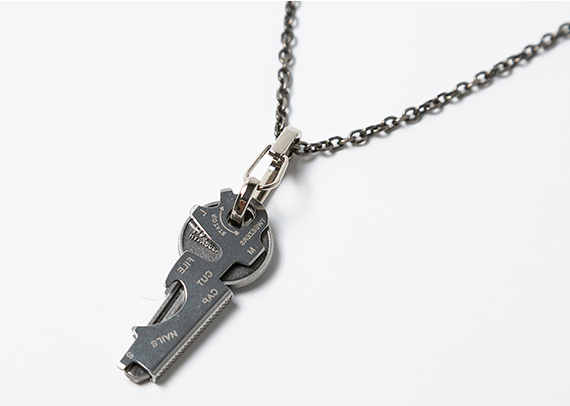
5. The metal content in cheap jewelry
One of the significant drawbacks of the jewelry industry is that it is full of counterfeit products.
Unfortunately, you may purchase a piece of jewelry, thinking it is high-quality gold, but come to find out later on that it is only gold plated. Once the gold plating wears off and exposes the base metal, it may cause a chemical reaction that may stain your skin with a green color.
Similarly, high-end pieces of jewelry may also turn your skin green if they consist of metal alloys with a significant amount of metals like copper, nickel, or silver.
Prevent your jewelry from turning your skin green
1. Use a polymer barrier
A practical solution to prevent your jewelry from turning your skin green is by using a barrier product, like Jeweler’s Skin Guard. Barrier products are specifically designed to seal the piece of jewelry that causes skin discoloration, preventing any staining on your skin. One application of the barrier product is effective for as long as two months. More so, you can apply the polymer barrier as often as you wish.
2. Avoid cheap jewelry
Although skin discoloration does not recognize cheap and high-end jewelry, avoiding cheap jewelry aids in preventing your skin from turning green. Jewelry made from poor-quality materials is more likely to leave a green imprint on your skin, which is annoying for anyone. Inquire about the materials used in the making of the jewelry before purchasing it, or better yet, test the metals in the jewelry to see if they will cause a skin reaction.
3. Apply a coat of nail polish
Regularly applying a generous amount of clear nail polish to the inside of your jewelry also prevents it from turning your skin green. The coating creates a barrier between the metal content and your skin. However, you must re-apply the polish as often as twice a week, depending on how frequently you wear the ring. Make sure your ring completely dries after applying the nail polish before wearing it.
4. Keep your skin dry at all times
One of the common reasons why jewelry turns your skin green is because of the chemical reaction between your body products and the metal components in the jewelry. By keeping your skin dry and void of any soaps, lotions, perfumes, or make-up products, you can rest easy knowing that your skin will remain in its natural color. Remember to remove your jewelry when going swimming or performing daily chores.
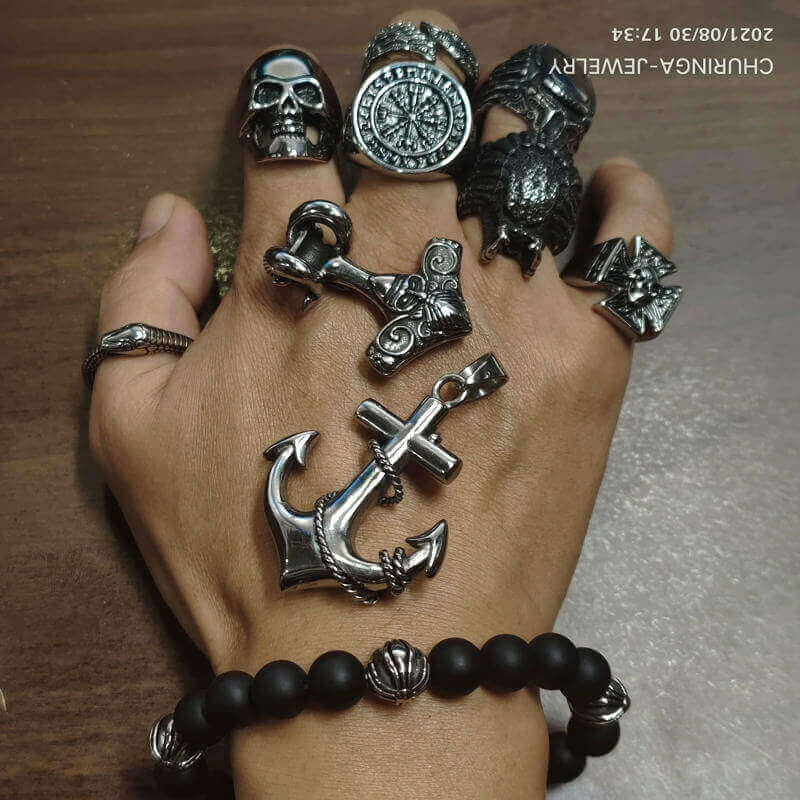
5. Buy hypoallergenic jewelry
Hypoallergenic jewelry is jewelry made from metals that are less likely to cause an allergic reaction among people with sensitive skin. Some hypoallergenic jewelry metals include high karat gold, stainless steel, platinum, titanium, niobium, palladium, and tungsten carbide, among many others. These types of jewelry are gaining vast popularity worldwide and are available in several unique and modern designs.
Ten articles before and after
How To Clean Stainless Steel Jewelry?
How To Clean Zinc Alloy Jewelry?
MEN’S CHAINS&NECKLACES– YOUR ULTIMATE GUIDE
Is Stainless Steel Hypoallergenic?
